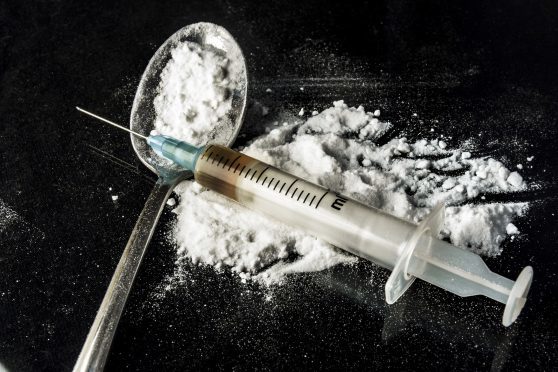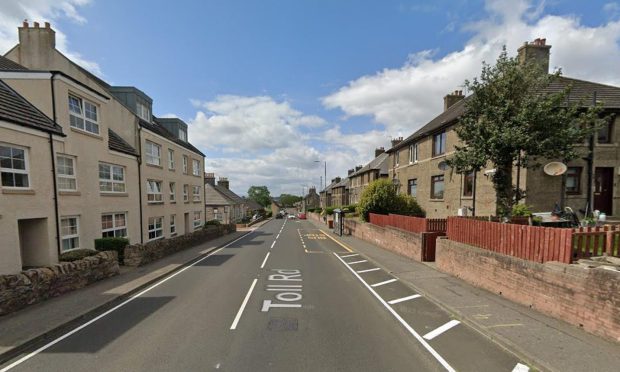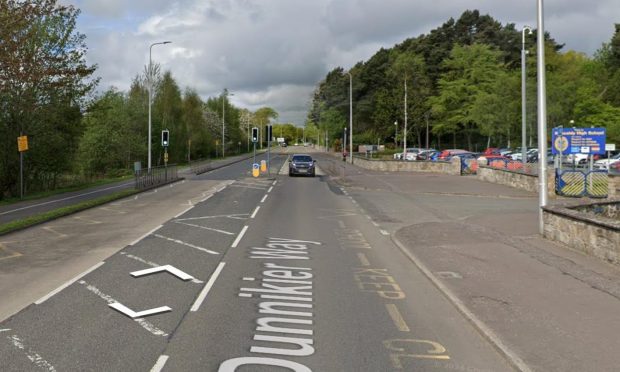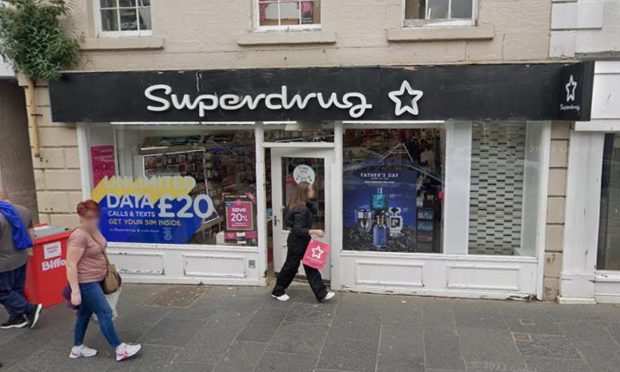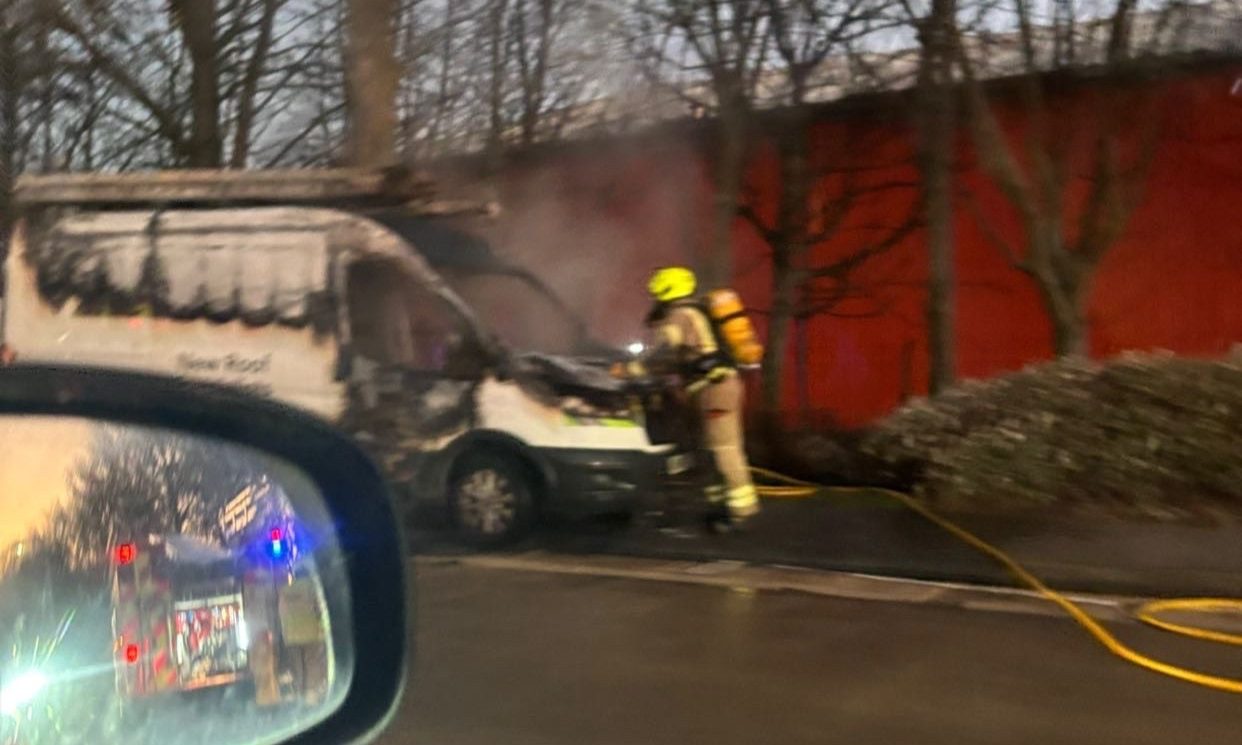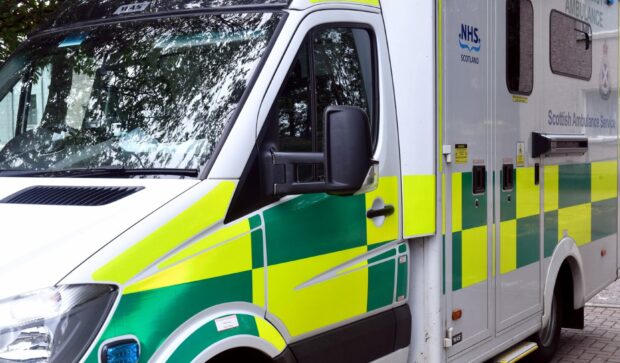Fewer young Fife people are being treated for drug problems and substance misuse, it has emerged.
New research for the Scottish Drugs Misuse Database (SDMS) for the region has revealed a sharp drop in the number of under-25s using illicit drugs, including heroin in recent years.
The encouraging downward trend has been mirrored by other statistics which suggest the number of 13 and 15-year-olds claiming to be regular smokers, who usually drink once a week and who have used drugs in the past month has also fallen.
The news was given a cautious welcome by anti-drugs campaigners across the region, although drugs and alcohol groups have been warned to guard against complacency.
Liberal Democrat Councillor Tim Brett, who is a member of Fife’s health and social care partnership, highlighted the figures following a visit to Barnardo’s in Kirkcaldy, where he was briefed on their work with children across the region.
“I was very impressed with Barnardo’s professional approach, which contacts every child in P7, S2 and S3, as a key part of the Alcohol and Drug Partnership preventative work,” he said.
“In addition there has been a major reduction in people under 25 being treated for drug problems in Fife over the last nine years.
“Whilst we are rightly concerned about a rising number of drug deaths in Fife, it is hoped that this information shows the problem will not be repeated in future generations.
“However, we must remain vigilant and increase our efforts to educate and inform our young people about the risks and dangers of using both drugs and alcohol.”
Figures from the SDMS revealed the number of under-25s using illicit drugs has steadily fallen from 387 in 2007/8 to just 47 in 2015/16, while the number of under-25s using heroin also fell from 212 to 23 in the same period.
The positive statistics follow the latest update from the Scottish Schools Adolescent Lifestyle and Substance Use Survey (SALSUS), which shows a similarly reassuring move away from substance misuse for 13 and 15-year-olds.
Eight per cent of 13-year-olds surveyed in 2002 said they were regular smokers, while 17% said they drank alcohol once a week and five percent said they had used drugs in the past month.
A decade and a half later, just 3% admitted smoking regularly, with 8% drinking once a week and 4% using drugs in the last month.
For 15-year-olds, the number of smokers fell from 20% to 12% in the same period, while the numbers drinking once a week dropped from 40% to 17% and the numbers using drugs also fell from 23% to 10%.
Fife had 45 drug deaths last year, the fourth highest number per 1000 problem drug users in Scotland, with most of the deceased in the 35 to 44-year-old age range.
April Adam, chair of the Fife Alcohol and Drugs Partnership, said reducing the number of drug-related deaths remains the major priority for the group.
“In Fife we continue to take action on reducing drug related deaths and minimising the harm that is caused by substance misuse,” she added.
